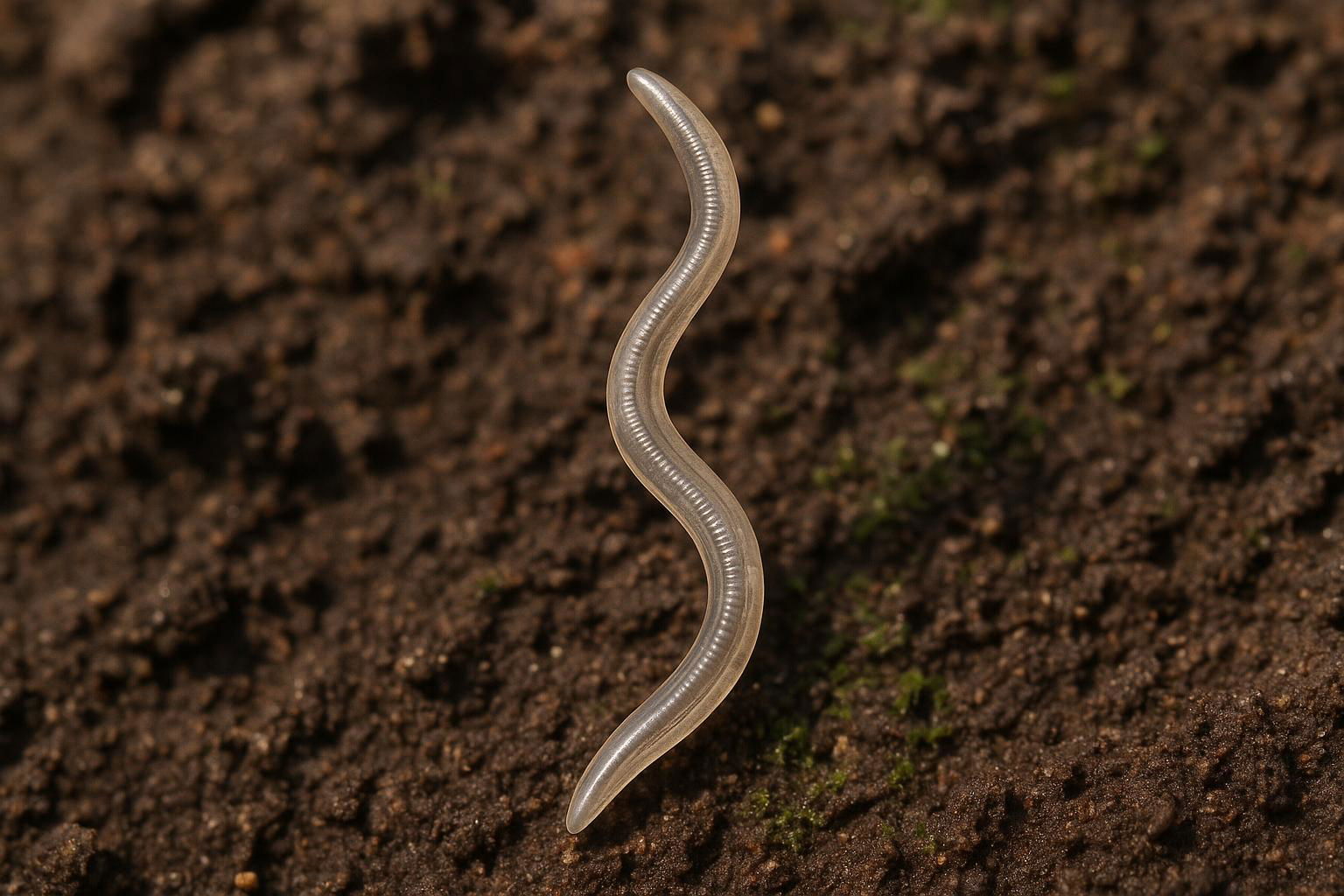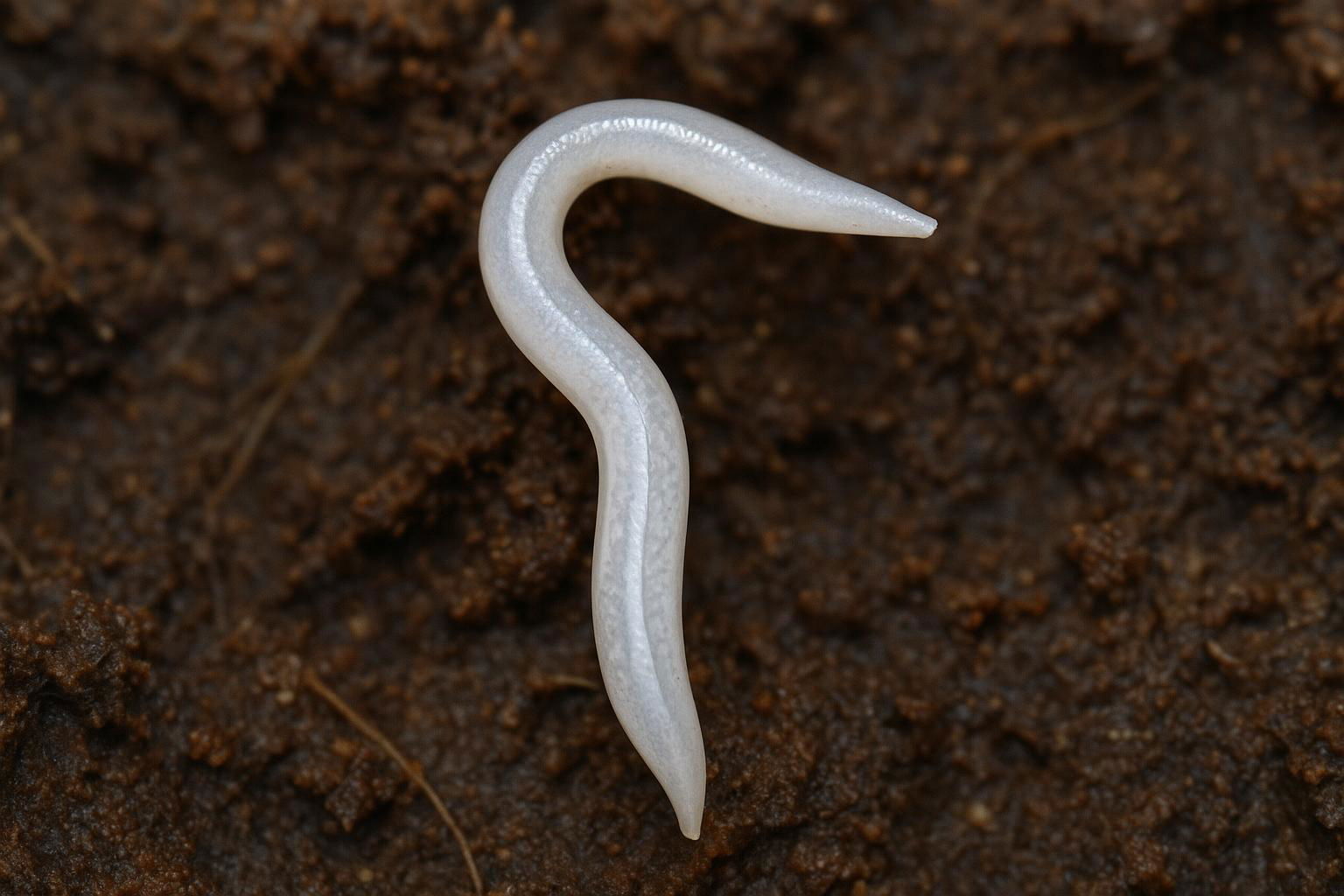
Laboratory Nematode
Caenorhabditis elegans
The laboratory nematode, scientifically known as *Caenorhabditis elegans*, is a small, transparent roundworm that has been instrumental in biological research due to its simplicity and genetic tractability. Typically measuring about 1 mm in length, these nematodes inhabit temperate soil environments and feed on bacteria. They exhibit a clear, simple anatomy, having only about 1,000 somatic cells in adults, which makes them ideal for developmental and neurological studies. Notably, *C. elegans* was the first multicellular organism to have its entire genome sequenced, uncovering valuable information about genetic and cellular processes. This species reproduces quickly, predominantly via self-fertilizing hermaphrodites, although males do exist and contribute to genetic diversity. With well-mapped neural circuits and a fully characterized cell lineage, *C. elegans* is a cornerstone of research in genetics, neurobiology, and developmental biology. This modest nematode continues to provide profound insights into cellular processes and human disease at a fundamental level.

 All Species & Breeds
All Species & Breeds
 Highland Cattle
Highland Cattle
 Miniature Donkeys
Miniature Donkeys
 All Species Directory
All Species Directory
 Highland Cattle in Virginia
Highland Cattle in Virginia
 Miniature Donkeys in Texas
Miniature Donkeys in Texas














